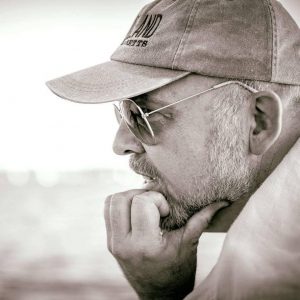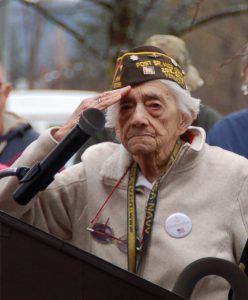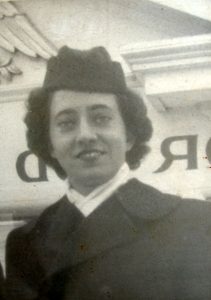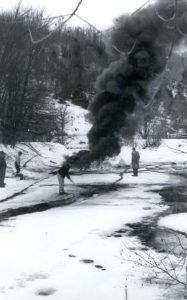
Throughout his school years, Newport native, Tim Kavanagh of Burlington, a 1984 graduate of North Country Union High School in Newport, was the class clown. He always kept people laughing. For that matter, as an adult he makes a living entertaining people.
Tim has been on the Vermont Voice radio show in the past, talking and laughing about his life and career. This Sunday he will again be a guest on the show, but this time he is hoping to save lives. He will talk about the importance of cancer screening, especially colorectal screening. Earlier this year, Tim treated himself to a 50th birthday colonoscopy. Feeling great, he knew he’d get a clean bill of health. That wasn’t the case. Instead he was diagnosed with colon cancer.
In addition to talking about the importance of cancer screening, Tim will share the story of his ongoing cancer battle.
The Vermont Voice, which is hosted by Scott Wheeler, the publisher of the Northland Journal, airs on 94.5 FM WJJZ Country in Derby on Sunday mornings at 6:30.


